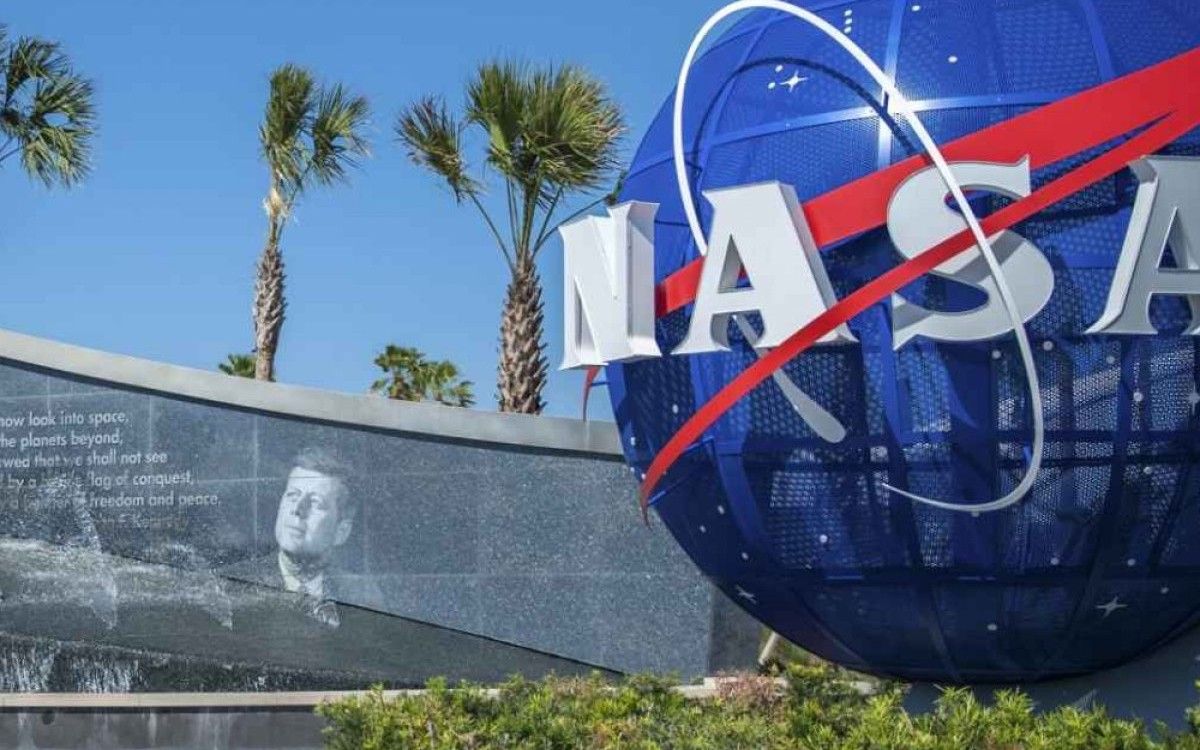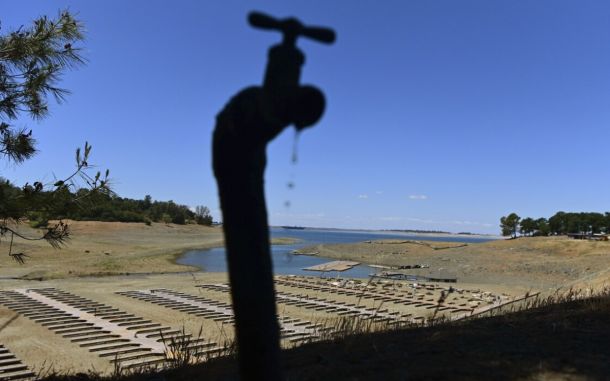NASA Chooses Draper to Fly Research Study to Far Side of Moon

NASA has actually granted Draper of Cambridge, Massachusetts an agreement to provide Artemis scientific research examinations to the Moon in 2025. The industrial shipment belongs to NASAs Commercial Lunar Haul Solutions (CLPS) effort under Artemis.
Draper will certainly get $73 million for the agreement, as well as is accountable for end-to-end shipment solutions, consisting of haul combination, shipment from Planet to the surface area of the Moon, as well as haul procedures. This honor is the 8th surface area shipment job honor released to a CLPS supplier.
This lunar surface area shipment to a geographical area on the Moon that is not noticeable from Planet will certainly permit scientific research to be performed at an area of passion yet much from the initial Artemis human touchdown objectives, claimed Joel Kearns, replacement affiliate manager for expedition in NASAs Scientific research Goal Directorate in Washington. Comprehending geophysical task beyond of the Moon will certainly provide us a much deeper understanding of our planetary system as well as give info to aid us plan for Artemis astronaut objectives to the lunar surface area.
The experiments riding on Drapers SERIES-2 lander are headed to Schrdinger Container, a huge lunar influence crater beyond of the Moon, near to the lunar South Post. This intriguing geological website has to do with 200 miles in size. The external ring of the container is composed of influence thaw meteorites as well as the internal ring is recognized for its smooth flooring down payments that might be a mix of both influence thaw as well as volcanic product.
The haul shipment place is an initial for us. Procedures from the much side of the Moon will certainly aid boost exactly how we track tasks from this place to deal with clinical objectives all while we collect information from the hauls, claimed Chris Culbert, CLPS program supervisor at NASAs Johnson Area Facility in Houston. The vendor-provided solutions will certainly plan for future, a lot more complicated lunar surface area procedures.
Schrdinger Container is among the youngest influence containers on the lunar surface area whose influence boosted deep crust as well as top mantle of the Moon in its optimal ring. Later on, the internal container was the website of a huge volcanic eruption. Researchers intend to examine the thermal as well as geophysical residential properties of the lunar inside along with electrical as well as magnetic residential properties in a touchdown place protected from Earths magnetic fields.
2 of the 3 examinations picked for this trip become part of NASAsPayloads as well as Research Study Investigations externally of the Moon (PRISM) require propositions. Draper will certainly provide the 3 examinations that will jointly evaluate concerning 209 extra pounds (95 kilos) in mass as well as consist of the Farside Seismic Collection (FSS), which intends to return NASAs initially lunar seismic information from the much side of the Moon. This brand-new information might aid researchers much better comprehend structural task on this area of the Moon, expose exactly how typically the lunar much side is affected by little meteorites, as well as give brand-new info on the inner framework of the Moon. The tool contains both most delicate seismometers ever before developed for spaceflight. FSS is among 2 PRISM options. It is moneyed via NASA in cooperation with the Centre National d’Etudes Spatiales (CNES) the French Area Firm as well as is led by NASAs Jet Propulsion Lab in Southern The Golden State.
The Lunar Inside Temperature Level as well as Products Collection (LITMS), likewise a PRISM choice, is a collection of 2 tools: the Lunar Instrumentation for Thermal Expedition with Rapidity, a subsurface heat-flow probe as well as pneumatically-driven drill; as well as the Lunar Telluric Currents, an electrical area tool. This haul collection intends to check out the warmth circulation as well as subsurface electric conductivity framework of the lunar inside in Schrdinger Container. The mix of these dimensions is a method to deal with thermal as well as compositional framework of the surface area of the Moon. LITMS is moneyed by NASA as well as is led by the Southwest Research Study Institute.
The Lunar Surface Area ElectroMagnetics Experiment (LuSEE), which will certainly make thorough dimensions of electro-magnetic sensations externally of the Moon. LuSEE utilizes DC electrical as well as electromagnetic field dimensions to examine the problems that regulate the electrostatic capacity of the lunar surface area, which, consequently, plays a managing duty in dirt transportation. LuSEE likewise utilizes plasma wave dimensions to identify the lunar ionosphere as well as the communication of the solar wind as well as magnetospheric plasma with the lunar surface area as well as crustal electromagnetic fields. On top of that, this haul will certainly make delicate superhigh frequency dimensions to gauge solar as well as global radio exhausts. LuSEE is moneyed by NASA in cooperation with CNES, as well as is led by College of The Golden State, Berkeleys Area Scientific Research Lab.
Several industrial distributions remain to belong to NASAs strategies at the Moon. Future hauls provided with CLPS might consist of even more scientific research experiments, consisting of modern technology demos that sustain for the firms Artemis objectives. With Artemis, NASA will certainly land the initial lady as well as the initial individual of shade on the Moon, leading the way for a lasting, lasting lunar existence as well as acting as a steppingstone for future astronaut objectives to Mars. Artemis I is set up to introduce no earlier than Aug. 29,2022 with a succeeding examination trip with team set up to happen in 2024 before NASA sending out people to the surface area of the Moon no earlier than 2025.





Leave a Reply
You must be logged in to post a comment.